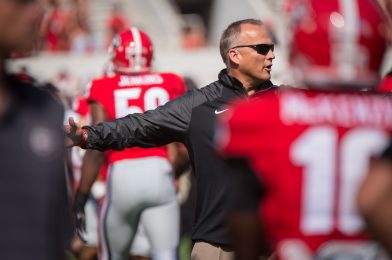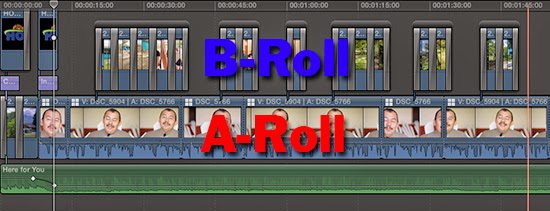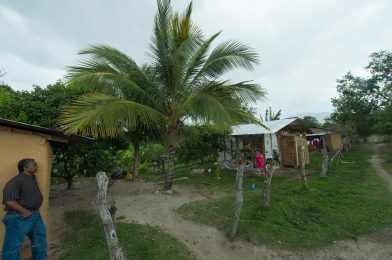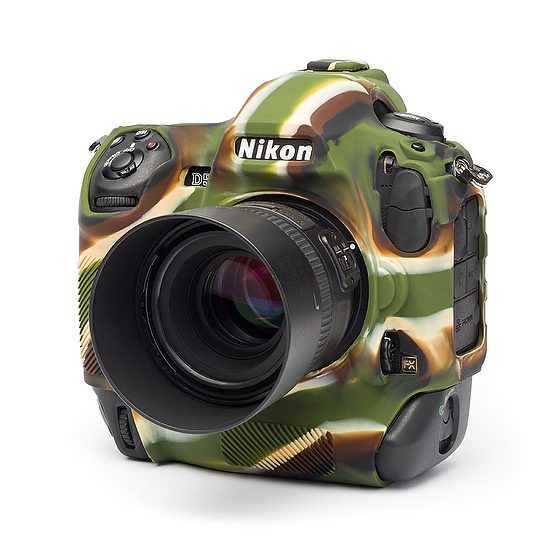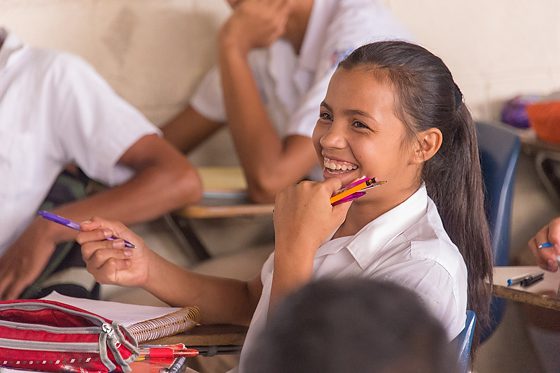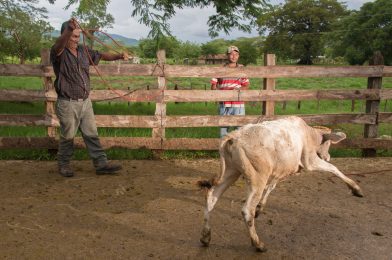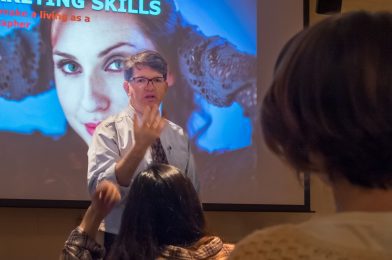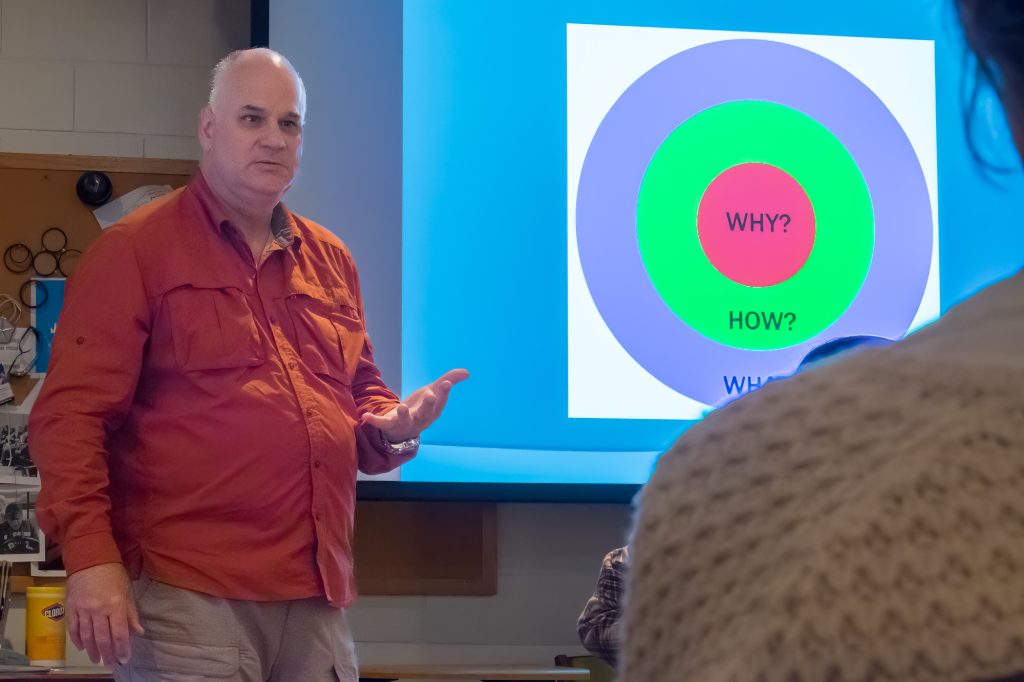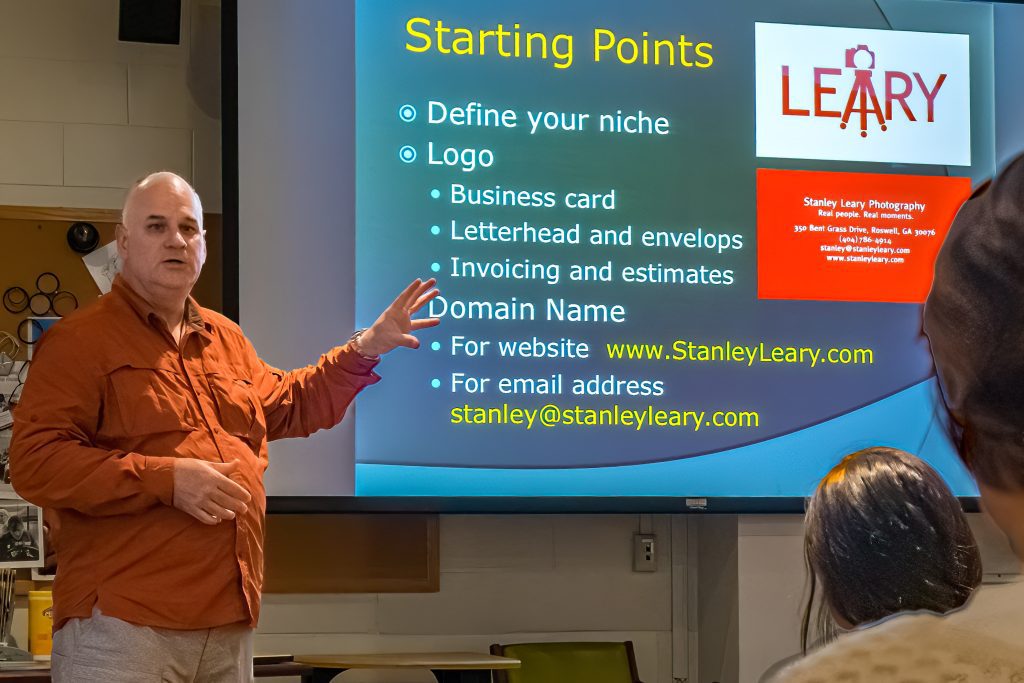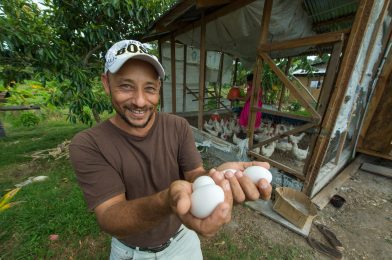Context
Every time I sit down and start editing a package, I come up short with B-Roll. B-Roll is the supplemental or alternative footage intercut with the main shot in an interview or documentary. So, for example, when Larry King interviews Bill Clinton, and the footage appears of Clinton playing the saxophone on Arsenio Hall in 1992, that is a b-roll.
B-Roll goes back to the film days of labeling the 16mm film when editing. Around the 1980s, many editors would mark the decks in the edit suite when the Video was on tapes. For example, the A-Deck would contain the primary interview, and the B-Deck would often include the footage that the editor would use to compliment the interview.
All this is to say the term B-Roll isn’t new.
Today with our digital editing like Final Cut Pro X, I like to think of A-Roll as the main track on the timeline. Below it might be some voice-over or background music. Above the A-Roll is the B-Roll which can be still images or motion footage that I use to compliment the interview.
Remember that A-Roll is the interview, and B-Roll is the images you use to compliment the interview.
General Editing Guidelines
Here are some guides I use when editing my motion package:
- Titles 4 seconds [enough time to read them]
- Still Images 3 – 10 seconds
- Motion Interview 5 – 10 seconds
Keeping the Titles short and simple is critical. If it takes longer to read the title slide than 4 seconds, consider changing it.
I like to use the Ken Burns effect, a type of panning and zooming effect used in video production from still imagery. For example, in the photo above, you can see the start and end of a pan/zoom that I implemented.
I try and keep images up between 3 – 10 seconds. The only time I am really using 10 seconds is when I must pan across a photo that looks choppy if I speed it up. So the time is also keeping the movement smooth.
The advantage of most of my motion [Video] is that it has moved in the frame. So this can be much longer if there is a decent amount of movement in the shot.
I try to use two cameras when I am interviewing someone. There are a few reasons I do this. First, having a second angle helps keep the visual from becoming too stale. Second, I can switch between the two angles.
In Final Cut Pro X, I combine the two camera angles into a Multicam clip. Now I can choose which Video or audio I want to select. The two cameras sync off of the audio files on each camera.
I used two types of microphones for the interview. First, I use the wireless lavalier Shure FP1 microphone on one camera with the WL183 (Omnidirectional).
On the second camera, I use the shotgun Røde Video Pro microphone. I can later choose one or blend the sound if I choose.
The best sound would be a third choice of using a sound guy with a shotgun above the person pointed slightly down 45º at their face in front of the subject.
Since I work alone, I use the second best, the lavalier. Sometimes I blend the lavalier and the shotgun, but most of the time, I prefer the sound from the lavalier for the human voice.
The Crisis
If you try not to bore the audience with the same long visual, you need B-Roll. Unfortunately, I have never been sitting at my computer using Final Cut Pro X or Adobe Premiere and have not been kicking myself for not shooting enough B-Roll.
The problem is not just the volume of B-Roll but the VARIETY of it.
When you do your interview can impact the quality of your B-Roll. If you start with the interview and the person talks about what is getting ready to happen and then a lot of what they talked about doesn’t happen, then you have little opportunity to get that B-Roll.
After experiencing this a few times, I started trying to interview at the end of my time shooting and asked the subject to summarize what we had seen that day. Now the B-Roll worked more often than before.
However, in the last scenario, I still found that subjects would mention things I would want to shoot, specifically B-Roll.
Tips:
- Try and keep your interview around the present unless you have a lot of B-Roll about the past.
- Have a rough outline of your story before you shoot
- to create a list of B-Rolls shots based on what you think you may need
- Shoot the subject’s environment
- If they have family photos on the walls or tables, get B-Roll. I suggest stills and motion.
- Photograph the home or office from the outside and inside
- Shoot for sound
- If you hear birds in the background during the interview, get some photos of them to drop in to help the audience.
- If people are coming in and out of a screen door on a porch, get some motion of someone coming in and out and use it to help the audience with that sound.
- Intro and endings
- Shoot some scene setters to start your package, end it or use them as bumps between interviews
- Shoot textures
- Textures make great title slides or backgrounds under the lower third titles to help the text be readable.
- Shoot transitions
- Moving the story along often means the subject will talk about childhood and when they went to college, for example. This part of the interview might be a great place for showing your subject: getting in their car; getting out; going through a door; walking in a hallway; walking to you, or walking away
- Watch TV shows to see how they transition from one scene to another, and this can give you more ideas.
- Play the interview right after you do it, listen for all the visual cues you can think of, and write them down. Then go and shoot them.
- Ask the subject for old photos and get copies of them or shoot a copy of them.
I find that for most of my projects where I have an interview that 90% of the work goes into the B-Roll and not the interview.









